Here are some events that happened on October 24th. It could be an event or a person that died or was born on that day
1632 Born: Antonie van Leeuwenhoek, Dutch biologist and microbiologist (d. 1723)
1799 Died: Carl Ditters von Dittersdorf, Austrian violinist and composer (b. 1739)
Carl Ditters von Dittersdorf (2 November 1739 – 24 October 1799) was an Austrian composer, violinist and silvologist.
Dittersdorf was born in the Laimgrube (now Mariahilf) district of Vienna, Austria, as August Carl Ditters. His father was a military tailor in the Austrian Imperial Army of Charles VI, for a number of German-speaking regiments. After retiring honorably from his military obligation, he was provided with royal letters of reference and a sinecure with the Imperial Theatre. In 1745, the six-year-old August Carl was introduced to the violin and his father's moderate financial position allowed him not only a good general education at a Jesuit school, but private tutelage in music, violin, French and religion. After leaving his first teacher, Carl studied violin with J. Ziegler, who by 1750, through his influence, secured his pupil's appointment as a violinist in the orchestra of the Benedictine church on the Freyung.
Ditters' early work laid the groundwork for his later more important compositions. His symphonic and chamber compositions greatly emphasize sensuous Italo-Austrian melody instead of motivic development, which is often entirely lacking even in his best works, quite unlike those of his greater peers Haydn and Mozart.
Even with these reservations, Dittersdorf was an important composer of the Classical era. After some early Italian opere buffe, he turned to writing German Singspiele instead, with Der Apotheker und der Doktor (1786, generally known today as Doktor und Apotheker) in particular being a tremendous success in his lifetime, playing in houses all over Europe and recorded almost two centuries later. Among his 120-or-so symphonies are twelve programmatic ones based on Ovid's Metamorphoses, although only six have survived (and have also been recorded). He also wrote oratorios, cantatas and concertos (among which are two for double bass and one for viola), string quartets and other chamber music, piano pieces and other miscellaneous works. His memoirs, Lebenbeschreibung ("Description of [My] Life"), were published in Leipzig in 1801. Some of his compositions, including the double bass concerto, were published in Leipzig by the Friedrich Hofmeister Musikverlag.
Austrian stamp and first day cover issued to commemorate 175 years since von Dittersdorf died
1911 – Orville Wright remains in the air nine minutes and 45 seconds in a glider at Kill Devil Hills, North Carolina.
1926 – Harry Houdini's last performance takes place at the Garrick Theatre in Detroit.
Harry Houdini (born Erik Weisz, later Ehrich Weiss or Harry Weiss; March 24, 1874 – October 31, 1926) was a Hungarian-born American illusionist and stunt performer, noted for his sensational escape acts. He first attracted notice in vaudeville in the United States and then as "Harry 'Handcuff' Houdini" on a tour of Europe, where he challenged police forces to keep him locked up. Soon he extended his repertoire to include chains, ropes slung from skyscrapers, straitjackets under water, and having to escape from and hold his breath inside a sealed milk can with water in it.
In 1904, thousands watched as he tried to escape from special handcuffs commissioned by London's Daily Mirror, keeping them in suspense for an hour. Another stunt saw him buried alive and only just able to claw himself to the surface, emerging in a state of near-breakdown. While many suspected that these escapes were faked, Houdini presented himself as the scourge of fake spiritualists. As President of the Society of American Magicians, he was keen to uphold professional standards and expose fraudulent artists. He was also quick to sue anyone who imitated his escape stunts.
Houdini made several movies but quit acting when it failed to bring in money. He was also a keen aviator and aimed to become the first man to fly a plane in Australia.
US stamp and FDC depicting Houdini
1931 – The George Washington Bridge opens to public traffic over the Hudson River.
The George Washington Bridge is a double-decked suspension bridge spanning the Hudson River, connecting the New York City borough of Manhattan with the New Jersey borough of Fort Lee. The bridge is named after George Washington, the first president of the United States. The George Washington Bridge is the world's busiest motor vehicle bridge, carrying over 103 million vehicles per year in 2016. It is owned by the Port Authority of New York and New Jersey, a bi-state government agency that operates infrastructure in the Port of New York and New Jersey. The George Washington Bridge is also informally known as the GW Bridge, the GWB, the GW, or the George, and was known as the Fort Lee Bridge or Hudson River Bridge during construction.
The idea of a bridge across the Hudson River was first proposed in 1906, but it was not until 1925 that the state legislatures of New York and New Jersey voted to allow for the planning and construction of such a bridge. Construction on the George Washington Bridge started in October 1927; the bridge was ceremonially dedicated on October 24, 1931, and opened to traffic the next day. The opening of the George Washington Bridge contributed to the development of Bergen County, New Jersey, in which Fort Lee is located. The upper deck was widened from six to eight lanes in 1946. The six-lane lower deck was constructed beneath the existing span from 1958 to 1962 because of increasing traffic flow.
The George Washington Bridge is an important travel corridor within the New York metropolitan area. It has an upper level that carries four lanes in each direction and a lower level with three lanes in each direction, for a total of 14 lanes of travel. The speed limit on the bridge is 45 mph (72 km/h). The bridge's upper level also carries pedestrian and bicycle traffic. Interstate 95 (I-95) and U.S. Route 1/9 (US 1/9, composed of US 1 and US 9) cross the river via the bridge. The New Jersey Turnpike (part of I-95) and U.S. Route 46 (US 46), which lie entirely within New Jersey, terminate halfway across the bridge at the state border with New York. At its eastern terminus in New York City, the bridge continues onto the Trans-Manhattan Expressway (part of I-95, connecting to the Cross Bronx Expressway).
The George Washington Bridge measures 4,760 feet (1,450 m) long and has a main span of 3,500 feet (1,100 m). It had the longest main bridge span in the world at the time of its opening and held that distinction until the opening of the Golden Gate Bridge in 1937.
US stamp depicting the George Washington Bridge
1949 – The cornerstone of the United Nations Headquarters is laid.
The United Nations is headquartered in New York City in a complex designed by a board of architects led by Wallace Harrison and built by the architectural firm Harrison & Abramovitz. The complex has served as the official headquarters of the United Nations since its completion in 1952. It is in the Turtle Bay neighborhood of Manhattan, on 17 to 18 acres (6.9 to 7.3 ha) of grounds overlooking the East River. Its borders are First Avenue on the west, East 42nd Street to the south, East 48th Street on the north, and the East River to the east. The term "Turtle Bay" is occasionally used as a metonym for the UN headquarters or for the United Nations as a whole.
The headquarters holds the seats of the principal organs of the UN, including the General Assembly and the Security Council, but excluding the International Court of Justice, which is seated in the Hague. The United Nations has three additional subsidiary regional headquarters, or headquarters districts. These were opened in Geneva (Switzerland) in 1946, Vienna (Austria) in 1980, and Nairobi (Kenya) in 1996. These adjunct offices help represent UN interests, facilitate diplomatic activities, and enjoy certain extraterritorial privileges, but do not contain the seats of major organs.
Although it is in New York City, the land occupied by the United Nations Headquarters and the spaces of buildings that it rents are under the sole administration of the United Nations and not the U.S. government. They are technically extraterritorial through a treaty agreement with the U.S. government. However, in exchange for local police, fire protection, and other services, the United Nations agrees to acknowledge most local, state, and federal laws.
None of the United Nations' 15 specialized agencies (such as UNESCO) are located at the headquarters. However, some "autonomous subsidiary organs", such as UNICEF, have their headquarters at the UNHQ.
Stamps from various countries depicting the United Nations Headquarters in New York City
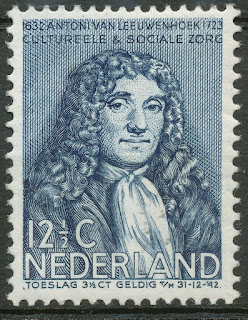





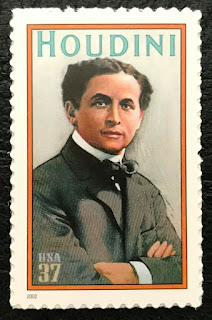

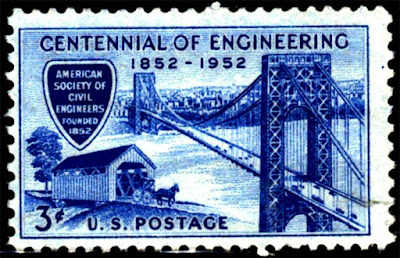

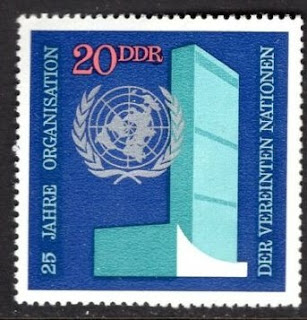
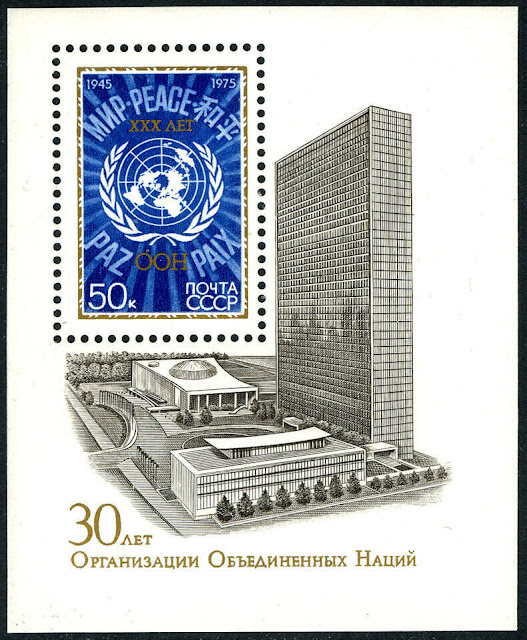



No comments:
Post a Comment